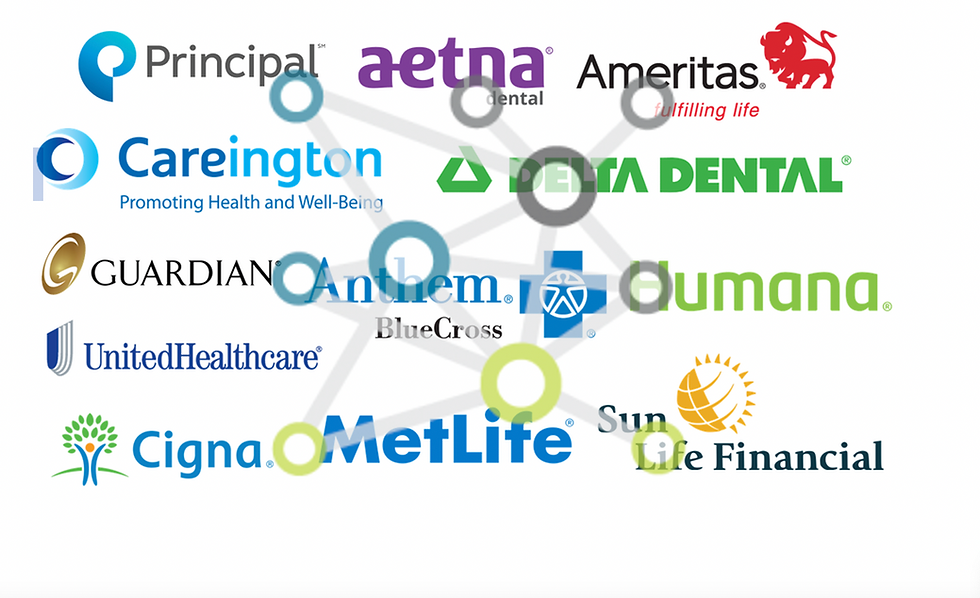Ways to improve revenue cycle
- Kathan Mehta

- Feb 9, 2019
- 4 min read
Updated: Aug 9
Any patient needs to pay for services utilized during and/or after the course of treatment to their healthcare provider. Ultimate goal of any healthcare organization is to have positive net margin at the end of the financial year and make some profit out of services provided. Revenues generated needs to be managed in a way that it gives positive outcome at the end of the day. Healthcare organizations always aim at generating maximum revenues utilizing minimum resources and reducing waste.
Top ten ways to improve revenue cycle can be described as follows:
1) Eligibility checking of patients before admission
Right when patient enters our hospital, their insurance registration and their eligibility for any specific procedure. Bases on their financial status and needs they can be provided financial counseling if required. Whenever patient visit us, their insurance eligibility should be checked and verified if they still have the same coverage as mentioned in the insurance care. This step reduces the chance of denials of claims after completing treatment procedure. A good practice is to include checklist to be verified for newly admitted patients. Utilization of automated eligibility check is recommended.
2) Establishing communication with patient
Patients can be contacted before rendering the service in order to obtain necessary details required for payment of charges levied after the services are provided. This practice also helps in identifying patient’s needs and priorities and can be approached accordingly for future communications.
3) Giving multiple payment options
Depending on the patient’s personal preferences collected during previous step, they should be given the flexibility to pay in whichever manner they want. Some patients prefer online banking while some prefer paying through checks or cash. They should be given an option based on case to case basis depending on their preferences. Patients should be made aware of multiple payment options including insurance and third-party payer so that they can have idea upfront for managing payments.
4) Introducing automated eligibility checks for insurance and pre-authorizations
There are various benefits of using automated tools like improved speed, reduced human effort and reduced errors. Using such software in revenue cycle, will certainly help in identifying errors and correcting them. It can also tell the acceptance rate of claims based on previous data of patients. It also helps completing incomplete patient forms by fetching data from various resources like pictures or EMRs connected with the software.
5) Improved co-ordination among front-end and back-end teams
This is an integral step of revenue cycle management. Front-end teams directly connect with patients and are responsible for data collection while back-end teams will be processing that data for patient benefits. If this link is not in place, there may be errors in processing claims, billing disputes and others. A common platform should be provided to both teams to store patient data and also they should be able to access all the data updated from different departments. This will have two benefits- first expedite the process and second help in providing better patient experience. Moreover, staff should be trained on a regular basis to keep them updated with new rules and processes of claim filing.
6) Increased transparency:
Gaining patient’s trust helps in building a long-term relation with them. In order to achieve this, patients should be given estimates of treatment upfront before the service is rendered. Another practice that can be utilized to improve patient experience is by sharing patient data to them using e-applications. Patients can view their prescriptions, physician notes, reports as well as bills online whenever and wherever they want. This increases their feasibility to access care and encourage payments.
7) Improving interaction with patients
Provider should attempt on establishing interaction with the patient by frequent follow-ups and feedback mechanisms. This helps to expedite the revenue cycle as well as identifying if patient is doing something wrong at any step and can be corrected immediately.
Healthcare providers should regularly monitor their contracts with major payors and review the contracts on a periodic basis. This helps to regulate denial rate and discuss with the payors of why their claims are being denied or what changes can be made to reduce that rate. In one article, Ms. Dowling recommends to meet your payor once in a while to discuss the discrepancies that are being witnessed in claim filing and reach to a solution addressing those.
9) Having a care coordinator
A care coordinator is a important person which acts as a liaison between provider and patient. Having a dedicated care-coordinator will help locate patient at each step of the revenue cycle and make sure that nothing goes wrong. He/she helps patient understand the payment system in a better manner and also updates them with changed rules and regulations. They are also responsible for instilling the sense of responsibility in patients towards payments for services taken.
10) Having checkpoints to measure the process
Success of any revenue cycle needs to be continuously measured and improved. Without checkpoints in place one cannot know, how well revenue cycle is performing. One should take every task of revenue cycle as a process and try to accomplish it with discipline and accountability. Evaluation of short-term and long-term goals should be made at regular interval of times.
References:
https://revcycleintelligence.com/news/4-key-ways-to-improve-healthcare-revenue-cycle-management








Comments